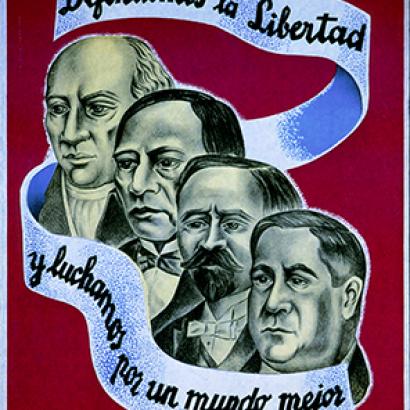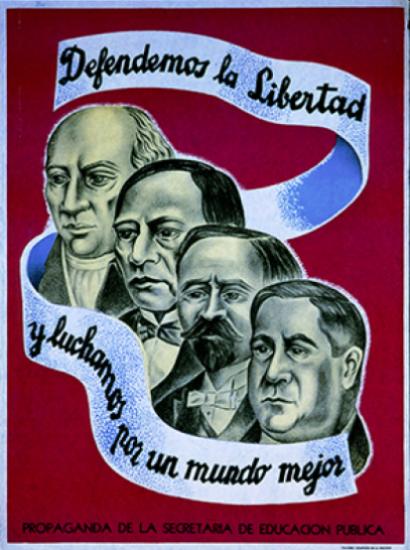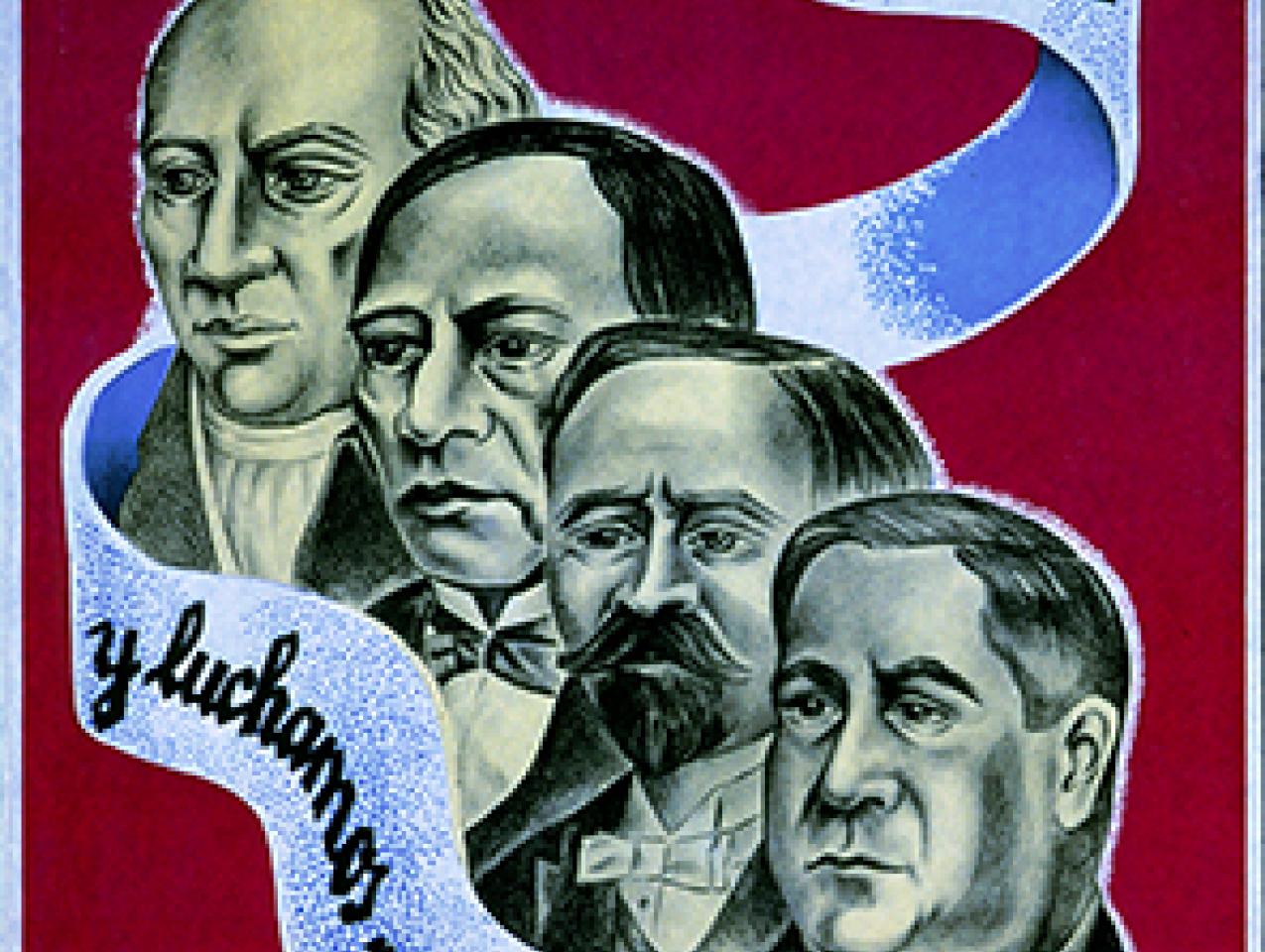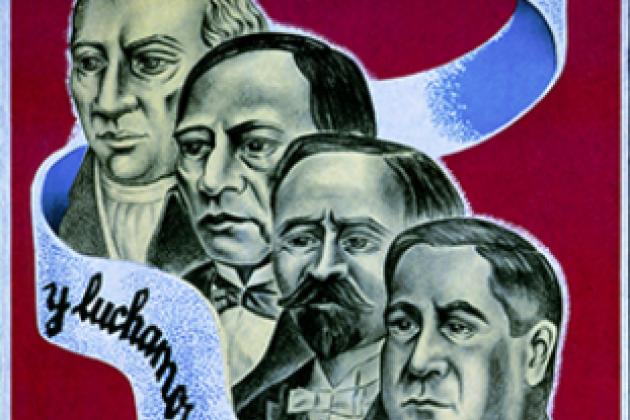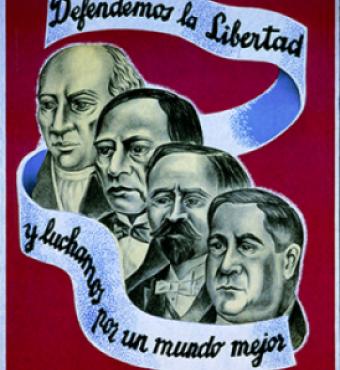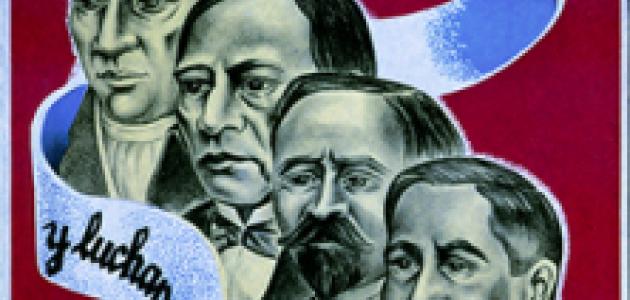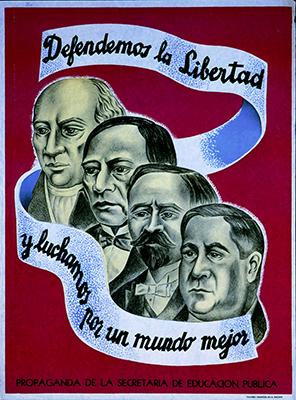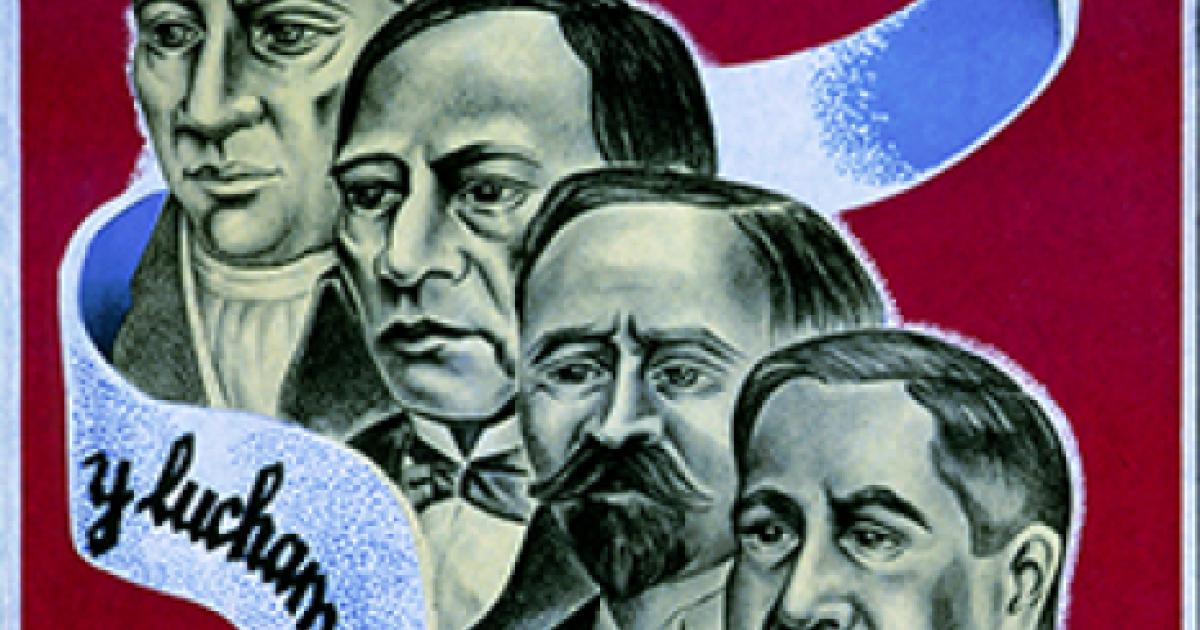- History
- Military
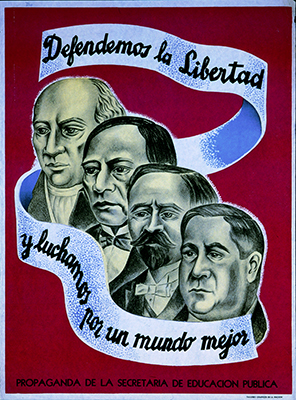
One hundred and seventy years ago, on February 2, 1848, the Treaty of Guadalupe Hidalgo expanded the territory of the United States by over 500,000 square miles, not only making it inevitable that we would become a Pacific power, but setting the stage for what may be the most complex border relationship between any two nations. The treaty formally ended our War with Mexico, but accelerated our headlong plunge toward the Civil War, intensifying the debate over the geographical expansion of slavery into our newly acquired territories. Defeated Mexico would enter a time of troubles, including a French attempt to establish a client emperor on a throne. For us, the war became a footnote. For Mexico, it became a national myth.
Deprived of over half its territory, Mexico never forgave or forgot. A later Mexican president would remark, “Poor Mexico! So far from God and so close to the United States!” Yet, among the paradoxes of history, the newly established border would, in the following century, become a vital source of wealth for Mexico as it sought to modernize; an escape hatch for population pressures; a massive trading partner; and, today, a conduit for illegal immigration and for illegal drugs that kill far more Americans each year than we lost in that long-ago war.
After subsequent border adjustments, the Rio Grande seemed border enough to the statesmen of nineteenth-century Washington (despite the occasional Indian raid). The treaty paid Mexico an indemnity of fifteen million dollars. Today, we debate the allocation of fifteen billion dollars for the initial installment of an extended border wall. And, in yet another paradox, Mexico has become a vacation spot and retirement home for the descendants of the men who marched with Scott from Vera Cruz to the Valley of Mexico. Meanwhile, Hispanic activists fantasize about reuniting California with Mexico.
In still another irony, U.S. Army and volunteer officers, serving in Mexico fought on the cusp of a revolution in weaponry that would occur with lightning speed, over barely a decade. They learned no end of wrong lessons at Monterrey and Molino del Rey that led to higher casualties in single Civil War battles than were lost to combat action and disease in the entire Mexican War. Montezuma’s real revenge may have been the frontal attacks at Fredericksburg and Gettysburg.
The signatories to the Treaty of Guadalupe Hidalgo resolved an immediate territorial issue, but could not foresee the intractable human problems that would arise with future generations: Diplomats draw lines; people cross them.
As we debate the utility of various forms of walls, barriers, and laws applied to intractable problems on our southern border, every action is complicated by the past seventeen decades of history between The United States of America and the United States of Mexico. History does not tell us what to do, but it can explain why some things have been done—or cannot be done. Our difficulties in negotiating with Mexico won’t be resolved by a deeper knowledge of history, but such knowledge is crucial to understanding the delegation on the other side of the table.
That treaty signed a hundred and seventy years ago ended the war but not the struggle.







